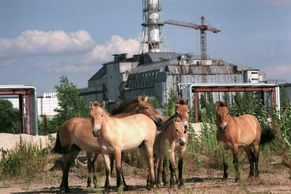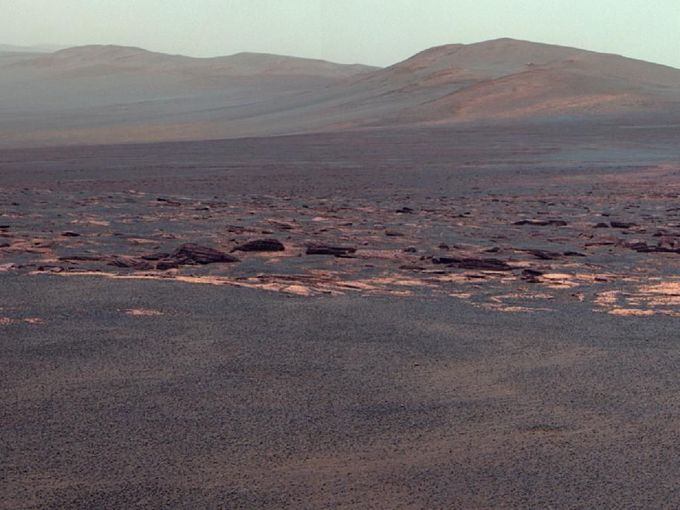reklama
Přehledně: Uzeniny zabíjejí a na Marsu je voda. Na co všechno přišli vědci v roce 2015
Nová antibiotika a vakcína proti ebole můžou zachránit tisíce lidských životů, štěňata narozená ze zkumavky zase ohrožené druhy zvířat. Světoví vědci přišli v roce 2015 s řadou významných objevů. Vybrali jsme 12 nejzajímavějších. Těch, které zahýbaly světem a na něž by se rozhodně nemělo zapomenout.
reklama
reklama
Právě se děje
před 3 hodinami

Zahraniční ligy: Real kráčí k titulu, česká spolupráce Hoffenheimu nestačila
Fotbalisté Realu Madrid zvítězili 1:0 v San Sebastianu a po šesté ligové výhře za sebou mají v čele tabulky před Barcelonou náskok už 14 bodů.
před 5 hodinami

Že nám pomáhá neviditelná ruka? Vždyť šlapeme už několik let po sobě, usmál se Vrána
Třinec bude v Pardubicích v neděli útočit na rekord Vsetína. Může se stát i prvním týmem v historii, který vyhraje tři série v řadě poměrem 4:3.
před 6 hodinami

Českomoravský pohár rallye startuje. Prvním podnikem je Rallye Králíky
Českomoravský pohár rallye (ČMPR) startuje sobotní Rallye Králíky. K soutěži se přihlásila více než stovka posádek.
Aktualizováno před 6 hodinami

Slavný debakl, který probudil zvíře. Měla bych vrátit peníze, styděla se Navrátilová
Nejen velká vítězství, ale i velké porážky jsou nevyhnutelnou součástí cesty za sportovní nesmrtelností.
Aktualizováno před 7 hodinami
Radioaktivní pohřebiště či beznaděj v zakázané zóně. Fotograf dokumentuje Černobyl

Prohlédnout si 41 fotografií


před 7 hodinami

Naděje Ocelářů žijí. Třinec porazil Pardubice 4:1, o titulu rozhodne sedmé finále
Hokejisté Třinec porazili v šestém finále Tipsport extraligy hokejisty Pardubic 4:1 a srovnali sérii na 3:3. Titul rozhodne sedmý zápas na ledě Dynama
reklama
reklama

